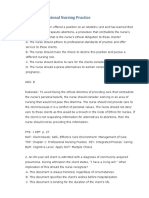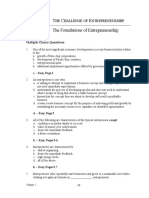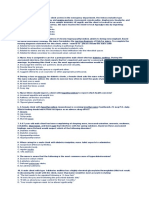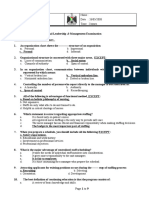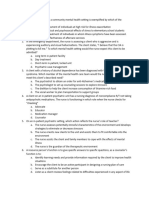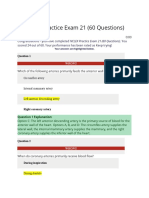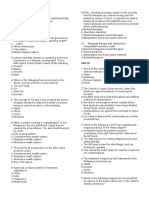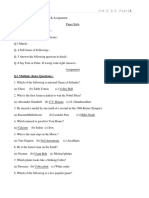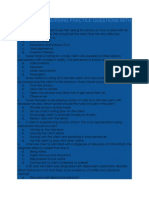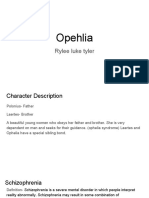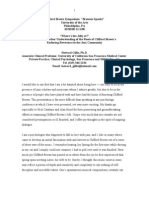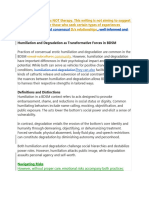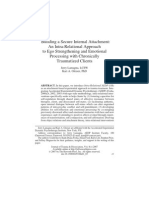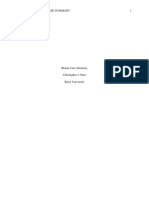0% found this document useful (0 votes)
198 views11 pagesنكلكس سايك 5
Nurse Trish should advise Marco that total abstinence is the only effective treatment for alcoholism. Nurse Hazel's client is experiencing hallucinations, which are false sensory perceptions with no basis in reality. Nurse Monet must continuously observe her suicidal client when accompanying her to the restroom. Nurse Maureen should include establishing a strict eating plan in the care plan for her anorexic client to monitor weight and eating.
Uploaded by
Ayah NaemCopyright
© © All Rights Reserved
We take content rights seriously. If you suspect this is your content, claim it here.
Available Formats
Download as DOCX, PDF, TXT or read online on Scribd
0% found this document useful (0 votes)
198 views11 pagesنكلكس سايك 5
Nurse Trish should advise Marco that total abstinence is the only effective treatment for alcoholism. Nurse Hazel's client is experiencing hallucinations, which are false sensory perceptions with no basis in reality. Nurse Monet must continuously observe her suicidal client when accompanying her to the restroom. Nurse Maureen should include establishing a strict eating plan in the care plan for her anorexic client to monitor weight and eating.
Uploaded by
Ayah NaemCopyright
© © All Rights Reserved
We take content rights seriously. If you suspect this is your content, claim it here.
Available Formats
Download as DOCX, PDF, TXT or read online on Scribd
/ 11







